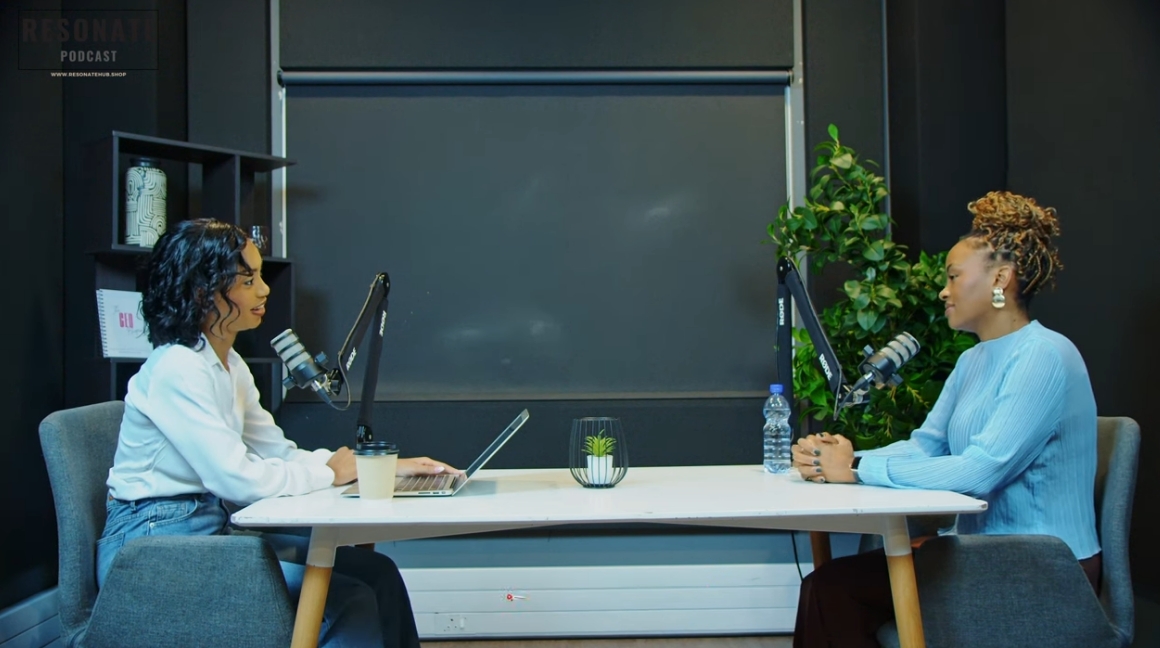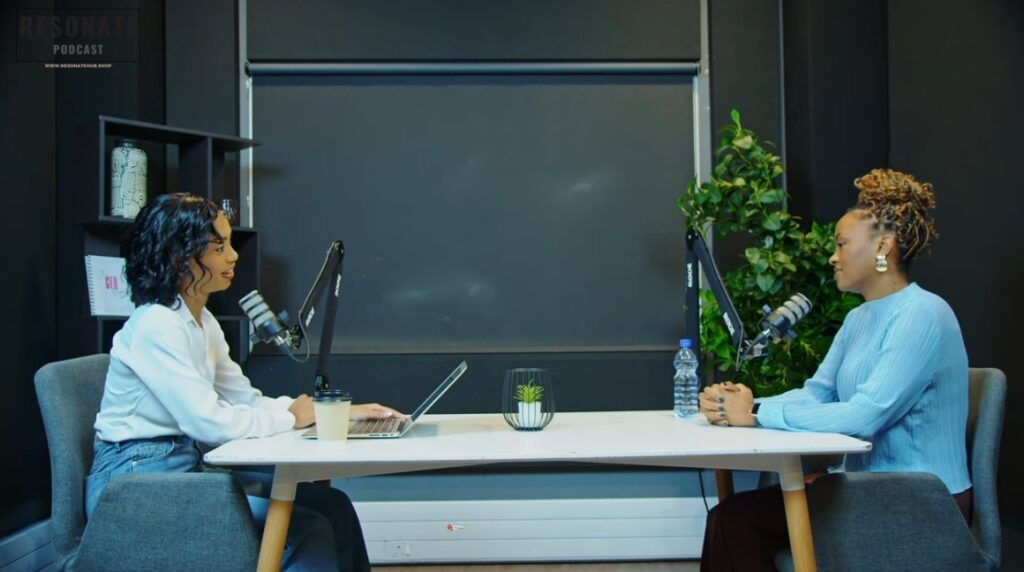Unleash Your Social Media Potential: 6 Strategies to Build an Audience from Scratch
The Power of Writing: Your Path to Social Media Success
As someone who has always dreamed of becoming a YouTuber, I too have experienced the struggles of trying to build an audience from scratch. However, through my journey, I’ve learned that the key to success lies not in simply picking up a camera and talking, but in mastering the art of writing. Writing is the foundation that can propel your social media growth and help you achieve your goals.
In the past, I made the mistake of thinking that I could simply start posting content and expect people to find it interesting. Little did I know that effective communication and persuasion are essential skills that must be developed. Writing is not just about putting words on a page; it’s about crafting a message that resonates with your audience and inspires them to take action.
When I discovered the power of writing on Twitter, everything changed. I realized that I could control my growth on social media by leveraging the platform’s unique features, such as direct messages and the ability to repost content. This allowed me to test and refine my ideas, gain valuable feedback, and build an audience that I could then funnel to other platforms, like YouTube.
Becoming a DJ with Ideas: Unlocking Your Unique Perspective
One of the key strategies I learned is to become a “DJ with ideas.” Just as a DJ takes various sounds and mixes them into a unique creation, you can take ideas from multiple sources and synthesize them into your own content. The secret lies in writing from your own unique perspective, rather than trying to imitate others.
Your worldview, experiences, goals, and values are what make you truly unique. By filtering ideas through the lens of your own perspective, you can create content that is not only valuable but also irreplaceable. This is the essence of what makes a successful social media presence – your ability to offer a unique and authentic voice that resonates with your audience.
Remember, you don’t need to be an expert or a “10 out of 10 super model” to succeed on social media. Your greatest asset is your ability to share your unique perspective and connect with others who share your interests and struggles.
Leveraging Authority: Curate, Then Create
Another key strategy for building an audience from scratch is to leverage the authority of others. Instead of starting from scratch, you can curate content from influential figures in your niche and use their ideas as a springboard for your own content.
By writing about the ideas of others, tagging them, and creating engaging threads that feature their insights, you can tap into their existing audiences and gain exposure to potential followers. This approach not only helps you build credibility but also allows you to connect with other creators in your industry, potentially leading to valuable collaborations and partnerships.
Remember, the goal is to get your content in front of other people’s audiences, as this is the most sustainable way to grow on social media. By leveraging the authority of others, you can accelerate your growth and establish yourself as a thought leader in your niche.
Mastering Hooks and Topics: Captivating Your Audience
Crafting compelling hooks and choosing the right topics are essential for capturing the attention of your audience. Your writing needs to be clear, emotional, and focused on the reader’s needs, rather than just your own. Constantly ask yourself: “How is this content relevant to my audience’s everyday lives? What pain points or potential benefits am I addressing?”
Study the hooks and topics used by successful creators in your niche, and use them as a checklist to refine your own content. Imply a transformation, create a sense of curiosity, and offer a clear path to a desired result. By mastering the art of hooks and topics, you can ensure that your content stands out and resonates with your audience.
Treating Social Media as a Global Video Game
Lastly, it’s important to treat social media as a global video game, with both single-player and multiplayer components. As a single player, you must constantly expand your skill set, binge-watching tutorials and learning everything from marketing to web design to video editing. This will equip you with the tools necessary to create high-quality, engaging content.
The multiplayer aspect involves building a tribe – a network of like-minded individuals who can hold you accountable, share strategies, and help you grow. By connecting with others in your niche, you can leverage their audiences, collaborate on content, and create a sense of community that will attract more followers to your own brand.
Remember, social media growth is not a linear process. You may experience periods of little to no growth, followed by sudden spikes in followers. By treating it as a video game, you can maintain a positive mindset, continuously improve your skills, and strategically leverage the power of collaboration to achieve sustainable success.
Conclusion: Embrace the Journey, Unleash Your Potential
Building an audience from scratch on social media may seem daunting, but by embracing the power of writing, leveraging the authority of others, mastering hooks and topics, and treating social media as a global video game, you can unlock your true potential and achieve your dreams.
The journey may not be easy, but the rewards are immense. By sharing your unique perspective and connecting with like-minded individuals, you can build a thriving community, turn your passions into a fulfilling career, and make a lasting impact on the world around you.
So, what are you waiting for? Embrace the journey, sharpen your writing skills, and start unleashing your social media potential today.












